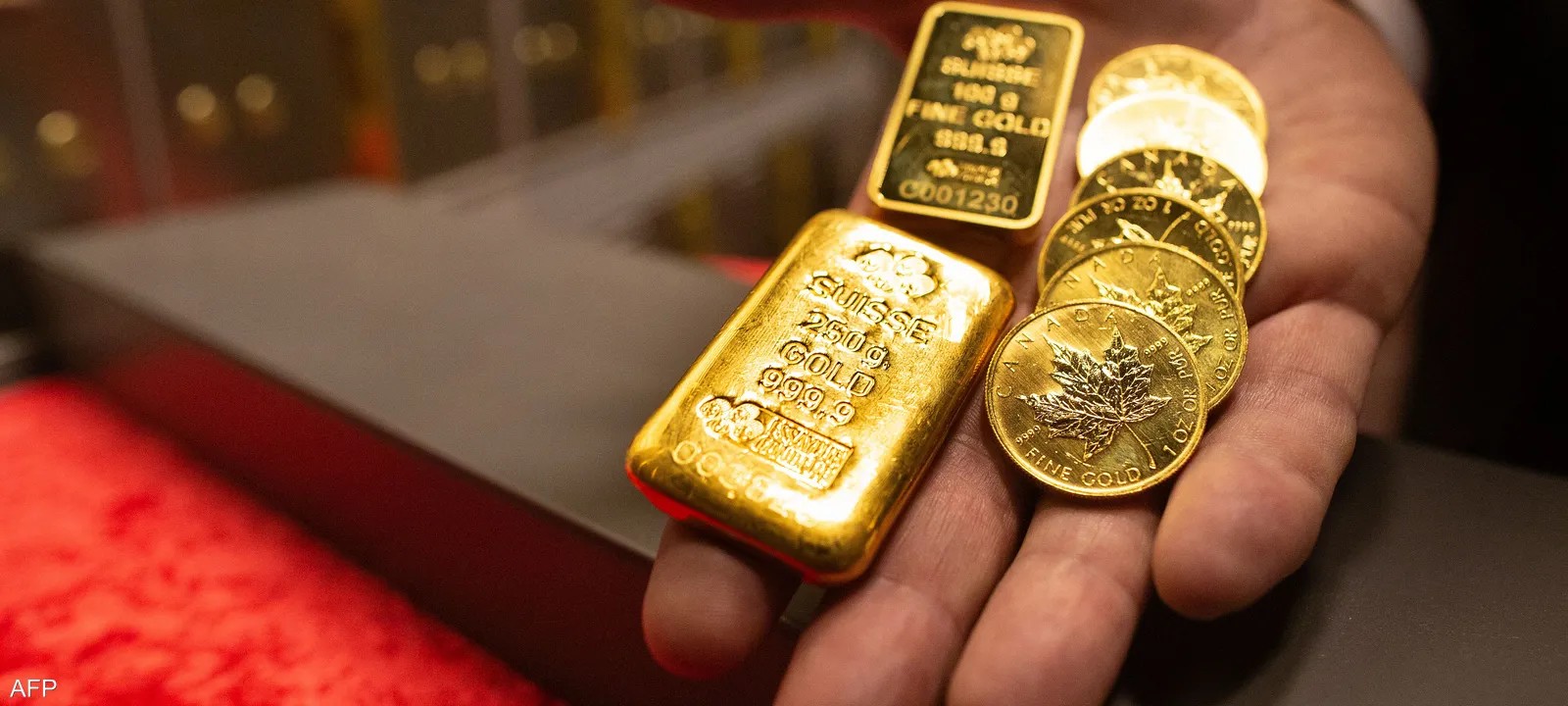Gold prices have been on a sharp decline this week after hitting an all-time high on Monday, falling more than 3% to settle just below the $2,335 mark. The decline was driven mainly by a rise in short-term US Treasury yields after a hawkish Fed minutes and better-than-expected US PMI data, which showed service sector business activity accelerated to its strongest pace in more than two years in May, a sign that the economy is holding up well and can withstand higher interest rates for longer.
Impact of bond yields and economic outlook
With inflationary pressures remaining more persistent than initially anticipated and the prospects for Fed easing diminishing given the resilience of the economy, there may be scope for US Treasury yields to move slightly higher in the near term, particularly those at the short end of the curve. This, in turn, could keep the US dollar bullish, preventing gold from attempting to reach new record highs as the month ends.
Gold futures forecast
While the near-term outlook for gold appears to be fairly neutral or slightly bearish, we will need to reassess that outlook at the end of next week when the core PCE data, the Fed’s preferred inflation gauge, is released. Consensus estimates suggest that the core PCE index rose 0.3% in April, which would bring the annual reading down to 2.7% from 2.8% previously, a small step in the right direction and welcome news for policymakers.
Factors affecting gold trend
For gold to reverse course and resume its uptrend, speculators would need to see the core PCE report surprise lower. Such a result could reignite optimism that the disinflationary trend that began in late 2023 but stalled earlier this year is back on track, bolstering the argument that the Fed could start easing monetary policy as early as the fall. There is currently about a 45% chance of a 25 basis point cut at the September FOMC meeting.
Possible scenarios
If inflation figures come in higher than Wall Street expects, interest rate expectations are likely to rise as traders push the timing of the first rate cut to November or December. That could boost yields and the U.S. dollar, creating a hostile environment for precious metals. Higher yields often reduce the appeal of non-interest-bearing assets like gold and silver, while a stronger dollar makes them more expensive for overseas buyers, reducing demand for them.
Technical analysis of gold prices
Gold (XAU/USD) has declined this week, falling below the key trend line at $2,360 and the 38.2% Fibonacci retracement level of the 2024 rally at $2,335. With bearish momentum accelerating, sellers could soon move towards the 50-day moving average at $2,310. In case of continued weakness, the focus will be on the psychological $2,300 barrier, followed by $2,280, the low seen in May.
In case of a market recovery, resistance could appear near the $2,375 area. Breaking this technical ceiling could be a challenge, but a break could encourage buyers to target $2,420. Further gains could set the stage for a rally towards $2,430, with $2,450 — the all-time high — as the next upside target worth considering.









































